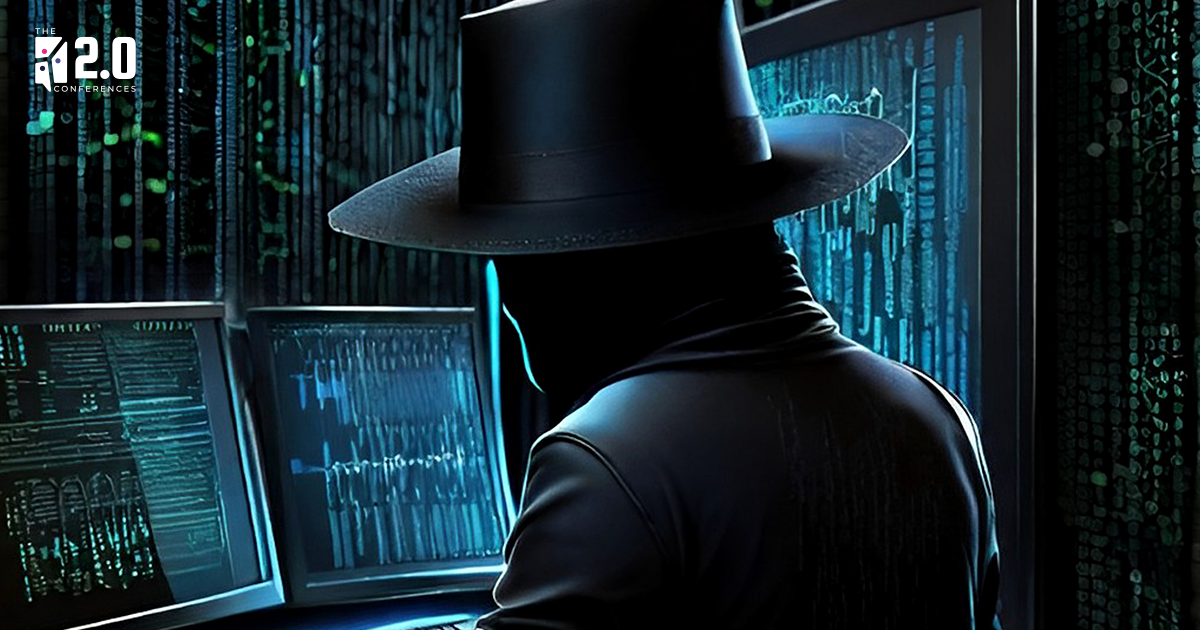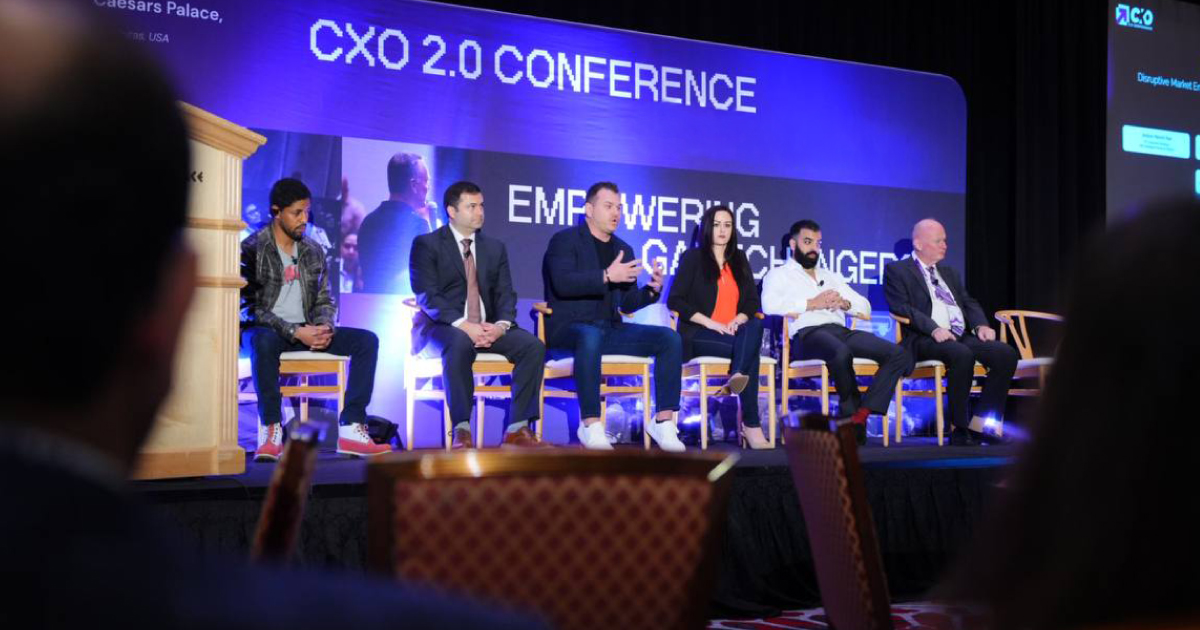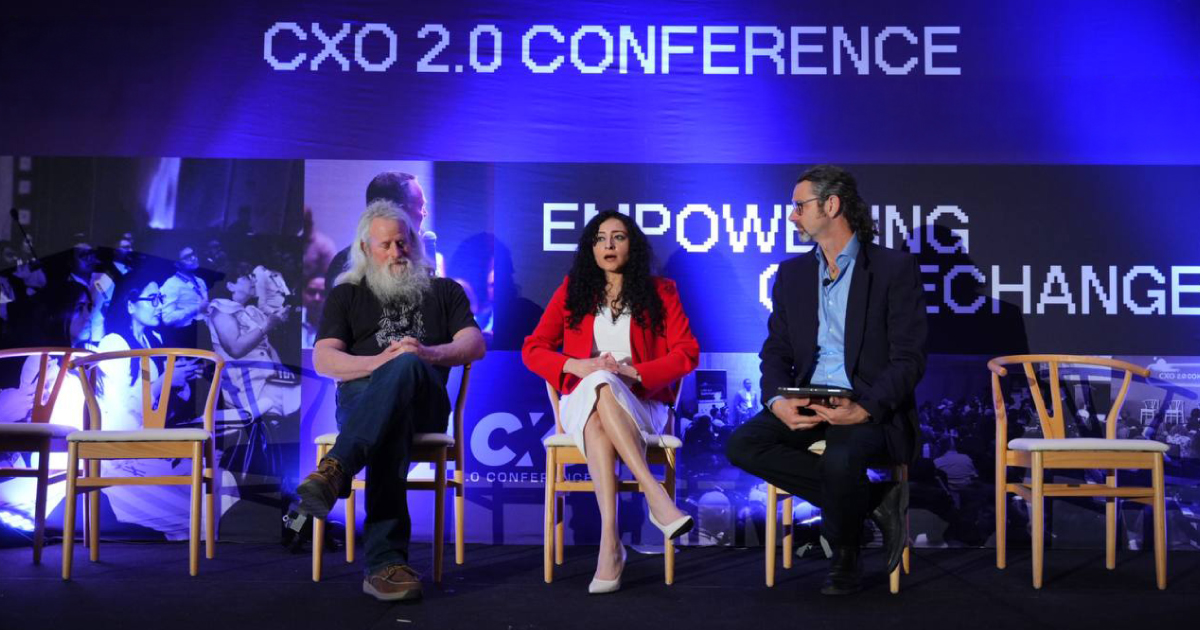Today’s technological landscape is evolving rapidly. At the current pace, Chief Information Officers face a complex challenge – safeguarding their organizations against scams. To tackle emerging threats, they need to embrace technological trends. As a result, CIOs face a dilemma: What prevention tactic is the best to avoid scams?
In this blog, we will discuss threat prevention techniques in detail. With insights from global business development events, we’ll disseminate CIOs’ tech dilemma.
Understanding The Scams And The Threat Landscape
The first step towards effective defense and scam prevention is understanding its basis. Cybercriminals are no longer just individuals operating from dimly lit basements. They have evolved into sophisticated networks that employ advanced techniques.
CXO 2.0 Conference reviews some common threats that are prevalent today. These include ransomware attacks, supply chain vulnerabilities, and AI-driven phishing campaigns. While these are just a few examples of the threats that modern organizations face, many more prevail.
CIOs need to be well-versed in the latest threat intelligence. They can get insights from forums by collaborating with threat intelligence platforms. Participating in industry forums can provide a picture of the current threat landscape. Furthermore, partnerships with cybersecurity agencies and sharing information with peers are also crucial. This can help in building a collective defense against emerging threats.
Embracing Innovative Tech For Defense
While the threat landscape evolves, technology is also advancing. For CIOs, leveraging emerging technologies is essential for business growth. This would also ensure robust defense and scam prevention.
Artificial Intelligence and Machine Learning are game-changers in this regard. These technologies can register vast amounts of data in real time. This reviews anomalies and patterns that human analysts might miss.
Implementing AI-powered solutions can aid in the early detection of potential threats and scams. Global leadership conferences emphasize the importance of such skills. For instance, anomaly detection algorithms can identify unusual user behavior, flagging it for further investigation. Additionally, predictive analytics can assess the likelihood of a cyberattack occurring, enabling proactive measures to mitigate risks.
Balancing Security With User Experience

CIOs need to balance the use of technology and the implementation of security measures. Striking the correct balance is crucial to ensure that employees follow security protocols without feeling challenged. Below are some ways to do that, as highlighted by the CXO 2.0 Conference experts.
- User-Centric Security Designs
- Integrate Security
Embed security measures thoroughly into the user experience. This will make them an integral part of daily operations.
- Biometric Authentication
Implement biometric recognition such as fingerprint scans and facial recognition for multi-factor authentication. This will reduce reliance on password-based systems.
- Behavioral Biometrics
Leverage behavioral patterns like typing speed and mouse movement. This is to ensure continuous user authentication and it also enhances security without causing user friction.
- Adaptive Authentication
- Risk-Based Analysis
Utilize risk-based authentication. In this system, the level of security varies based on the user's behavior, location, and the sensitivity of the accessed data.
- Step-Up Authentication
Implement step-up authentication when a user attempts sensitive actions. By doing so, you add an extra layer of verification when necessary.
- Human-Centered Design
- Usability Testing
Regularly conduct usability testing. This process will ensure that security measures do not hinder user productivity and can be easily understood by employees.
- Feedback Channels
Provide channels for users to provide feedback on security measures. This allows adjustments to be made based on real-world experiences.
Holistic Scam Prevention Strategies
Scams have grown more sophisticated today. They target not only individuals but entire organizations. Defending against scams requires a comprehensive approach that goes beyond technology. It must involve educating employees and having well-defined response plans.
Global leadership skills conferences advise the following strategies:
- Employee Training And Awareness
- Simulated Scenarios
Conduct regular training sessions that simulate real-world scam scenarios. This would improve employees' ability to review potential threats.
- Phishing Simulations
Send mock phishing emails to employees, offering immediate feedback and training when they fall for the simulation.
- Continuous Education
Keep employees updated on the latest scam tactics and prevention techniques through workshops, newsletters, and online resources.
- Technological Countermeasures
- DMARC Implementation
Deploy 'Domain-based Message Authentication, Reporting, and Conformance (DMARC)' protocols to prevent email spoofing and phishing attacks.
- Endpoint Protection
Install endpoint security solutions that detect and prevent malware from infiltrating the organization's systems via phishing emails or malicious downloads.
- Incident Response Planning
- Comprehensive Plans
Develop well-structured incident response plans that outline steps to be taken in case of a scam-related breach.
- Role Clarity
Clearly define roles and responsibilities within the incident response team to ensure a coordinated and efficient response.
- Mock Drills
Regularly conduct mock scam incident drills to test the effectiveness of the response plan. This will help identify areas for improvement.
In addition to the above strategies, regular communication and reporting is necessary. Use data analytics to identify patterns in scam attempts. Doing so will improve your prevention strategies.
Conclusion
As the digital landscape expands, the role of CIOs in safeguarding their organizations becomes even more critical. Chief leaders must navigate the dilemma of selecting the right defense and scam prevention solutions. This requires a dynamic approach and updated access to all the updated business trends.
CXO 2.0 Conference is the perfect platform to gain all the scoop on all the business buzz! It is one of the leading global business development events that gathers CEOs, Directors, and senior business leaders to review and share advanced trends and techniques. Sound like your ideal event? Mark your calendars for the 2024 edition in Dubai!













